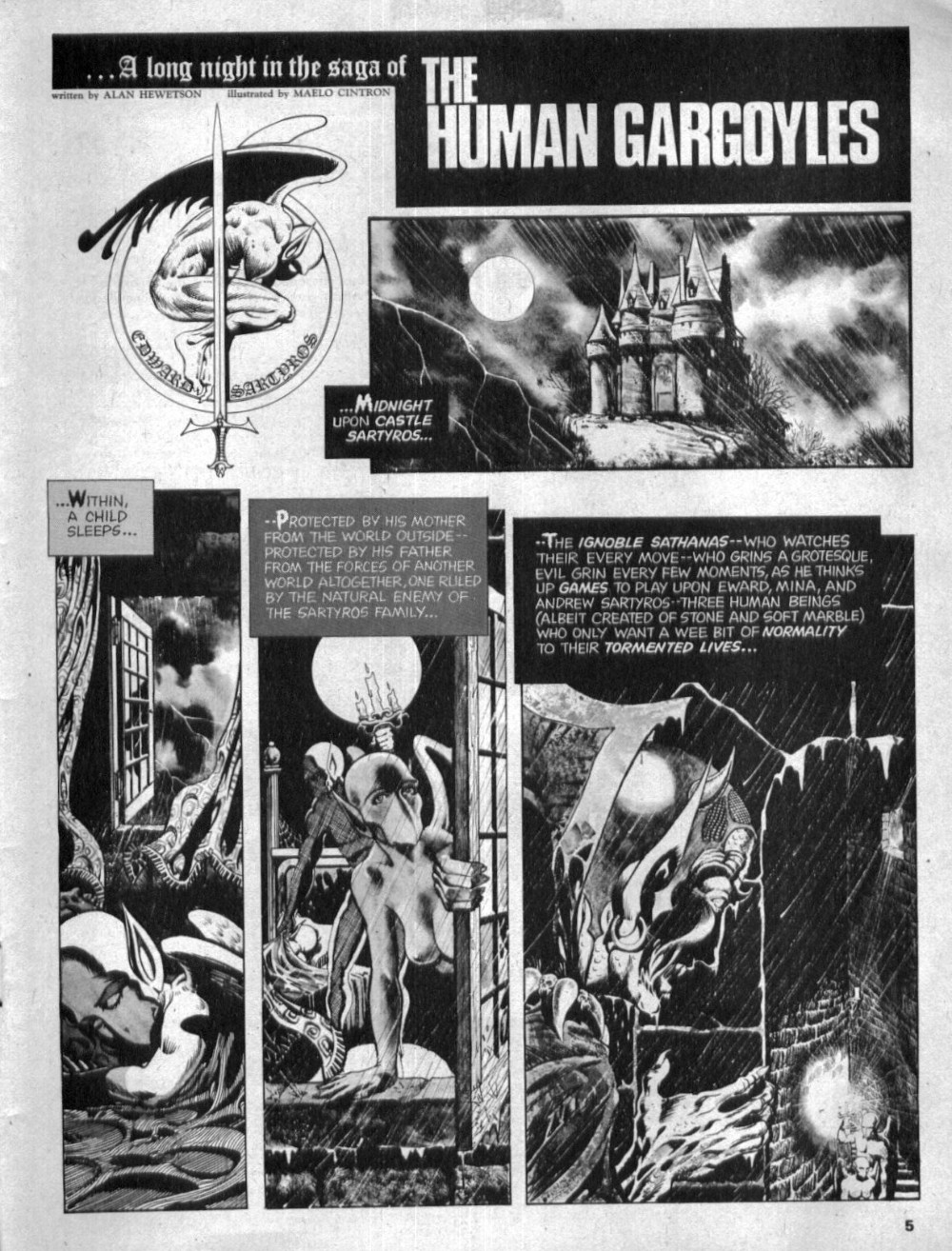

“The Abominable Snowmen.” 30 September-4 November 1967. “Calling Cthulhu: H P Lovecraft’s Magick Realism.” Book of Lies: The Disinformation Guide to Magick and the Occult (Being an Alchemical Formula to Rip a Hole in the Fabric of Reality). Last Gasp Eco-Funnies.Ĭurse of the Crimson Altar. Bryan Moore, Arkham Cinema, 1999.Ĭorben, Richard (art). Amherst, NY: Prometheus Books, 2005.Ĭollapse: Philosophical Research and Development. Lovecraft and Extraterrestrial Pop Culture. Berkeley, CA: Stonebridge Press, 2006.Ĭolavito, Jason. The Anime Encyclopedia: A Guide to Japanese Animation Since 1917. 1960.Ĭlements, Jonathan and Helen McCarthy. The City of the Dead (aka Horror Hotel ). Sauk City, WI: Arkham House, 1980.Ĭarter, Mac (script) and Tony Salmons (art). “The Horse of the Invisible.” White Dwarf 66 (June 1985) : 22–26.īucher-Jones, Simon and Mark Clapham. “Behind the Wall of Sleep.” Black Sabbath.

“The Outsider.” Adapted by Erik Bauersfeld. “The Rats in the Walls.” Adapted by Erik Bauersfeld.

“Playing with Madness.” Rue Morgue 50 (October 2005) : 25.īabylon Park: Frightspace. Trillion Year Spree: The History of Science Fiction. This process is experimental and the keywords may be updated as the learning algorithm improves.Ībnett, Dan and Andy Lanning (scripts). These keywords were added by machine and not by the authors. In the years immediately following his death, Lovecraft’s work was kept in print, and his “mythos” continued, by a small coterie of associates and acolytes, most obviously by August Derleth through Arkham House, the publishing company he established to reprint Lovecraft’s works. Despite the long and relatively respectable traditions of the Gothic novel and the ghost story, horror was a marginal form for much of the twentieth century and even within the associated generic fields of science fiction, fantasy, and horror, the Lovecraftian weird tale was very much a minority interest.

Launched in 1923 as part of the surge in specialist fiction magazines in the American popular market (Goodstone xiv), Weird Tales was the longest lived of the supernatural and fantasy publications-and yet throughout most of its history it lost money and never exceeded a circulation of 50,000 (Haining 11), at a time when the most popular pulp magazines could sell several hundred thousand copies (Robinson and Davidson 8). Lovecraft remained inexorably associated with pulp magazine Weird Tales. Though much of his most significant work was published elsewhere, for many years H.


 0 kommentar(er)
0 kommentar(er)
